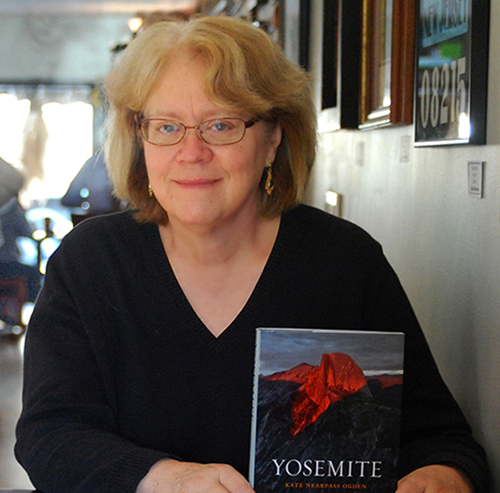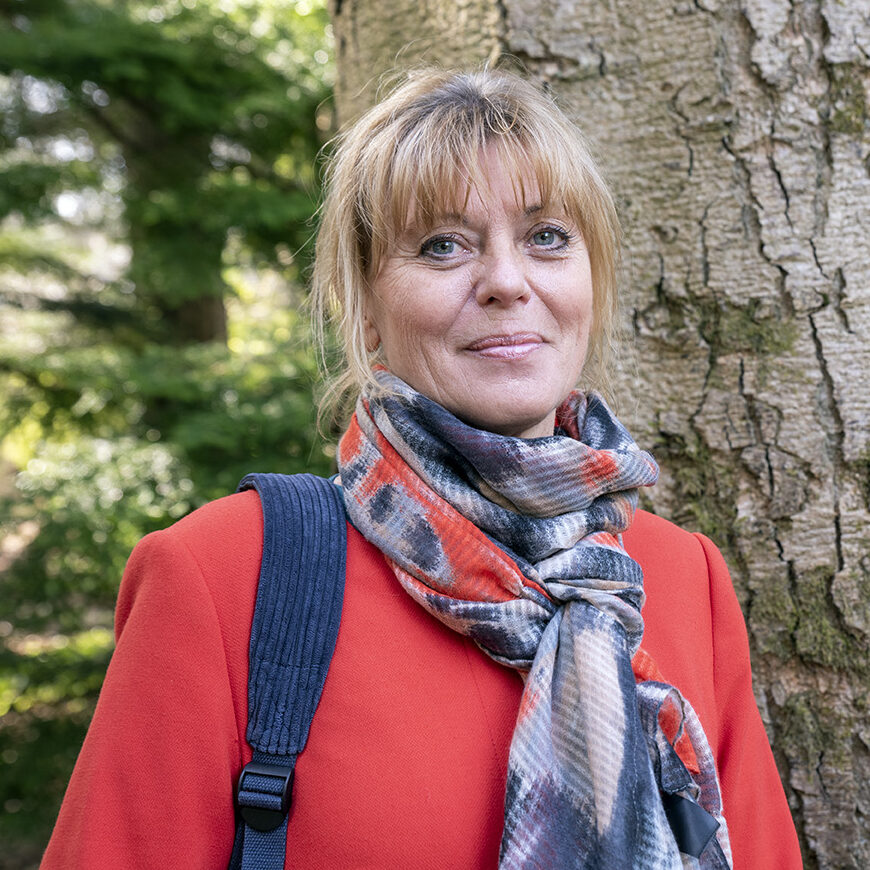 Assistant Professor, National College of Education, National Louis University
Assistant Professor, National College of Education, National Louis University
Field of Study: Language and Literacy Education
Member since: 2016
What do your work involve and how does it intersect with visual literacy?
My work involves providing professional development for mostly in-serve teachers on supporting and enhancing the academic success of culturally and linguistically diverse students. Language learning is inseparable from visual literacy as learners need make constant connections between abstract symbols and perceptual experiences and use visuals to think. Further, visual is a powerful tool that supports diverse learners’ access to content and helps them create semitonically rich narratives.
How did you become interested in visual literacy?
I became interested in visual literacy while taking a graduate course with Dr. Susan Britsch at Purdue University. This course has initiated my interested in understanding how social semiotics work and how multiple modes play a role in presenting possibilities and challenges in learners’ abilities to navigate the multi-modal world.
What are you currently working on (feel free to describe a typical day)?
I’m currently working with my colleagues on a grant proposal aiming to develop a visual literacy curriculum for all learners in social studies using the digitized primary sources from the Library of Congress.
What are you currently reading/writing/watching/listening to/ and/or curious about?
I’m interested in learning more about exploring how learners make sense of visuals empowered by digital tools (e.g., 3-D models, interactive maps from different perspectives, and videos).
What does the term ‘visual literacy’ mean to you?
Visual literacy, to me, means a set of skills to read, make sense, and analyze visuals, as well as make connections to and create meaning using multiple modes of representations.
Select publications:
Chen, X. N., Newman, M., & Dipinto, V. (2018). Teachers’ visual literacy practices in middle and high school science classrooms. In D. M. Baylen (Ed.), Senses and experiences: The book of selected readings (pp. 70-84). Carrollton, GA: International Visual Literacy Association.
Chen, X. N. (2017). A comparative study of visual representations in conventional, digitized, and interactive high school science textbooks. Journal of Visual Literacy, 36(2), 104-122. http://dx.doi.org/10.1080/1051144X.2017.1386388
Chen, X. N. (2016). From print to digital picture books: The impact of technology on multimodal design. Visual Literacy Today, Selected Readings 2014-2015 from International Visual Literacy Conferences. Retrieved from http://visualliteracytoday.org/from-print-to-digital-picture-books-the-impact-of-technology-on-multimodal-design-by-xiaoning-chen/
Huang, Q. Y. & Chen, X. N. (2015). Examining text quality of English/Chinese bilingual children’s picture books. International Journal of Bilingual Education and Bilingualism, DOI: 10.1080/13670050.2015.1011076
Huang, Q. Y. & Chen, X. N. (2015). Examining the overall quality of English/Chinese bilingual children’s picture books: Issues and possibilities. The Reading Matrix, 15(1), 133-142.
Find out more and connect with this member:










